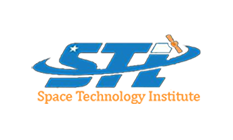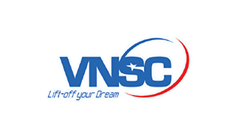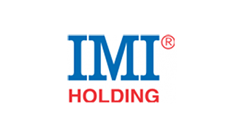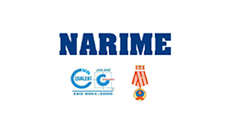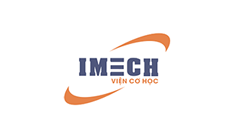-
Knowledge learning outcome
PLO1: Explain basic knowledge of social sciences, politics and law.
PLO2: Ability to integrate basic knowledge of Mathematics, Natural Sciences, Information Technology and modern computer-based technical tools into practice.
PLO3: Ability to identify, formulate and solve complex engineering problems by applying engineering principles, laws of natural science and mathematics.
PLO4: Ability to apply basic knowledge of major groups such as Design, Manufacturing, and Modeling to practical problems related to Engineering Mechanics.
PLO5: Ability to use in-depth knowledge of Engineering Mechanics to determine, analyze, research, and propose solutions to practical problems in the field of Engineering Mechanics.
PLO6: Ability to analyze practical problems in Engineering Mechanics and conduct experiments to make assessments and conclusions.
PLO7: Apply critical and creative thinking in research and development to develop problem-solving solutions for problems in the field of Engineering Mechanics and related fields.
-
Skill learning outcome
PLO8: Ability to communicate in English equivalent to level 3 level (according to the 6-level Foreign Language Competency Framework used for Vietnam).
PLO9: Demonstrate technical skills, self-study and independent research skills, and improve expertise to become technical experts, leaders or entrepreneurs in Engineering Mechanics and related fields.
PLO10: Demonstrate skills in analyzing, synthesizing, evaluating data and information, synthesizing collective opinions and using new achievements in science and technology to solve practical problems in Engineering Mechanics and related fields.
PLO11: Have effective communication skills in complex technical activities, have effective presentation skills and defend personal opinions on technical and life issues related to Engineering Mechanics.
-
Level of autonomy and responsibility
PLO12: Ability to work independently or in a team in changing working conditions or high-pressure environments; Ability to give and receive instructions clearly; Take personal and group responsibility.
PLO13: Self-direction, planning, coordination, managing resources, evaluating and improving the effectiveness of professional activities
PLO14: Apply ethical principles and commit to complying with professional ethics, be aware of civic responsibility, have a sense of responsibility and master legal, health and safety regulations while conducting technical activities.
-
Positions students can work at upon graduation
Group 1 – Technical engineers, designers, team and project managers: Capable of working at research and design facilities, production and business organizations in the fields of Mechanical, Construction, Transportation, Irrigation, Environment, Oil and Gas, etc., related to Engineering Mechanics and Automation. Engineers can work on construction projects, mechanical manufacturing plants, hydroelectric plants, and nuclear power plants, as well as businesses related to construction, transportation, infrastructure, etc.
Group 2 – Analyst, consultant and business specialist: able to work at consulting companies and organizations, businesses, relevant ministries, departments and branches; can undertake the following tasks: in charge of after-sales service; develop product designs, etc. In the future, they can become analysts, consultants, business and organizational leaders.
Group 3: Researchers and lecturers: Able to research and teach in higher education institutions and research facilities; Can undertake the following tasks: participate in research on issues related to Engineering Mechanics; Teaching assistants and lecturers teach subjects in the training major; develop new products and new technologies; Can become a researcher, lecturer, manager.
5. Ability to study and improve qualifications after graduation.
- Continue to study at the higher levels of the Engineering Mechanics major.
- Research and deploy applications of Engineering Mechanics in practice.

